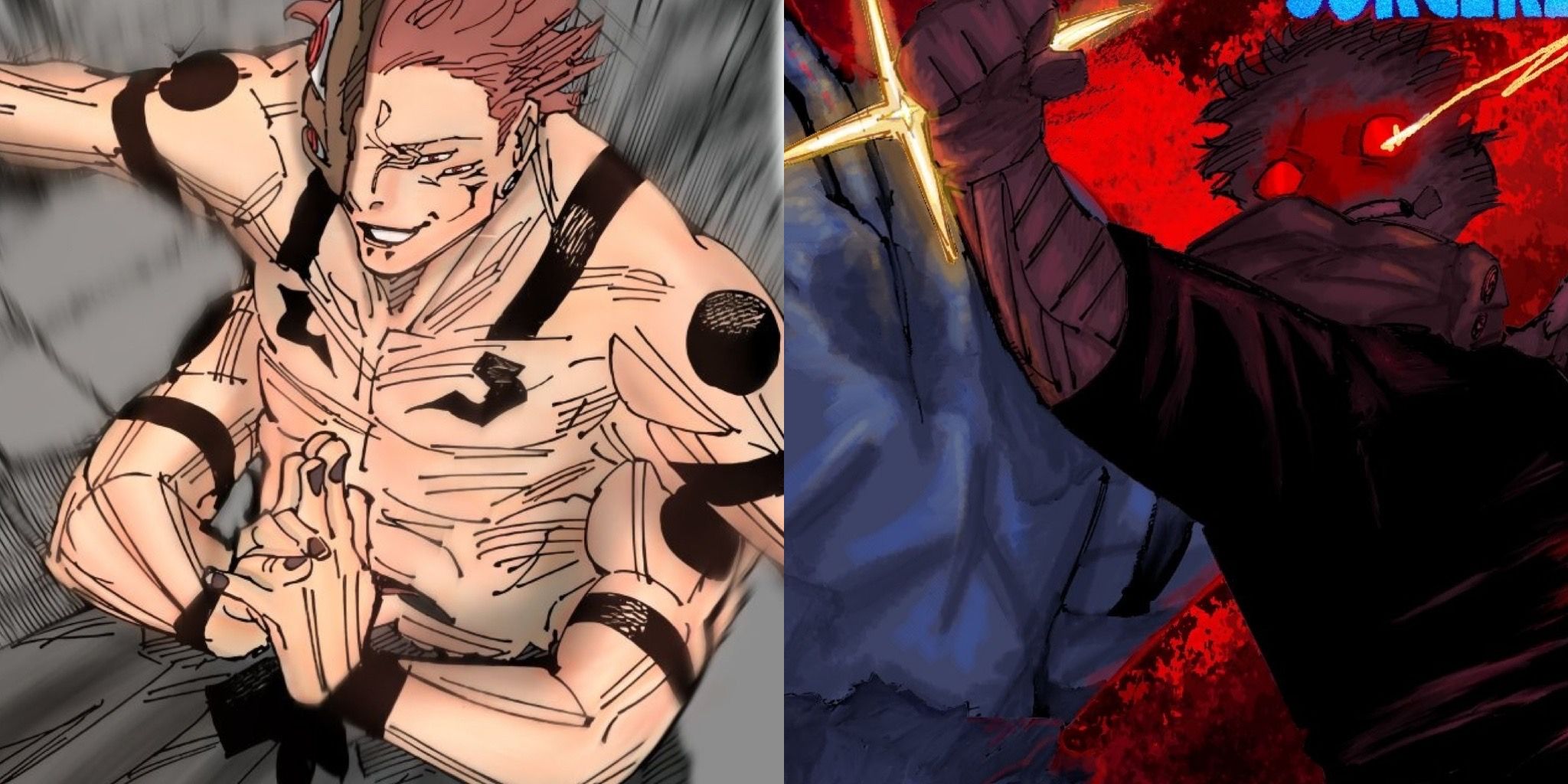Tiếng Shina
| Tiếng Shina | |
|---|---|
 | |
| Sử dụng tại | Pakistan, Ấn Độ |
| Khu vực | Ladakh (Dras, Dah Hanu), Gilgit-Baltistan, Chitral, Gurais |
| Tổng số người nói | 610.000 ở Pakistan Tổng cộng các nước: 644.200. Shina Kohistan: 401.000[1] |
| Phân loại | Ấn-Âu |
| Hệ chữ viết | chữ Ả Rập (Nastaʿlīq)[2] |
| Mã ngôn ngữ | |
| ISO 639-3 | cả hai:scl – Shinaplk – Shina Kohistan |
| Glottolog | shin1264 Shina[3]kohi1248 Kohistani Shina[4] |
 | |
Tiếng Shina (ݜݨیاٗ = ݜݨیاٗ = Šiṇyaá) là một ngôn ngữ của tiểu nhóm Dard, ngữ chi Ấn-Arya được nói bởi người Shina, và một số lượng lớn người dân ở Ladakh, Ấn Độ (Dah Hanu, Dras), cũng như ở Jammu và Kashmir, Ấn Độ, chẳng hạn như ở Gurez..[5][6]
Phương ngữ
[sửa | sửa mã nguồn]Ở Ấn Độ, các phương ngữ tiếng Shina gìn giữ cả cụm phụ âm đầu và cuối thừa hưởng từ ngôn ngữ Ấn-Arya cổ (Old Indo-Arya, OIA), trong khi các phương ngữ Shina nói ở Pakistan thì không.[7]
Các phương ngữ của tiếng Shina gồm: Gilgiti (phương ngữ uy tín), Astori, Chilasi Kohaha, Drasi, Gurezi, Jalkoti, Kolai và Palasi. Các ngôn ngữ liên quan được sử dụng bởi người dân tộc Shina là Brokskat (Shina ở Baltistan và Dras), Shina Kohistan, Palula, Savi và Ushojo.[6]
Chữ viết
[sửa | sửa mã nguồn]Tiếng Shina là một trong số ít các ngôn ngữ Dard có chữ viết truyền thống.[8] Tuy nhiên, nó là một ngôn ngữ nói cho đến vài thập kỷ trước,[9] và vẫn chưa có một phép chính tả chuẩn.[10] Vì những nỗ lực đầu tiên thể hiện chính xác âm vị học tiếng Shina vào những năm 1960, đã có một số chữ viết được đề xuất cho các phương ngữ khác nhau, với các cuộc tranh luận tập trung vào việc nên trình bày độ dài nguyên âm hay thanh điệu.[11] Đối với phương ngôn Drasi được nói ở bang Jammu và Kashmir của Ấn Độ, đã có hai đề án được đề xuất, một là chữ Ba Tư-Ả Rập và hai là chữ Devanagari.[12]
Như vậy, tiếng Shina được viết với một biến thể của bảng chữ cái Urdu. Các chữ cái bổ sung để viết tiếng Shina là: [cần dẫn nguồn]
- ݜ cho /ʂ/ /ݜَہ/
- ڙ cho /ʐ/ /ڙاڙ/
- څ cho /ts/ /څک/
- ڇ cho /ʈʂ/ /ڇکےٚ/
- ݨ cho /ɳ/ /ہݨےٗ/
- ڱ cho /ŋ/ /کھڱَر/
- ن٘ cho /◌̃/ /نآ/
Xem thêm
[sửa | sửa mã nguồn]Tham khảo
[sửa | sửa mã nguồn]- ^ “ethnologue”.
- ^ “Ethnologue report for Shina”. Ethnologue.
- ^ Nordhoff, Sebastian; Hammarström, Harald; Forkel, Robert; Haspelmath, Martin biên tập (2013). “Shina”. Glottolog. Leipzig: Max Planck Institute for Evolutionary Anthropology.
- ^ Nordhoff, Sebastian; Hammarström, Harald; Forkel, Robert; Haspelmath, Martin biên tập (2013). “Kohistani Shina”. Glottolog. Leipzig: Max Planck Institute for Evolutionary Anthropology.
- ^ “Mosaic Of Jammu and Kashmir”.
- ^ a b Crane, Robert I. (1956). Area Handbook on Jammu and Kashmir State (bằng tiếng Anh). University of Chicago for the Human Relations Area Files. tr. 179.
Shina is the most eastern of these languages and in some of its dialects such as the Brokpa of Dah and Hanu and the dialect of Dras, it impinges upon the area of the Sino-Tibetan language family and has been affected by Tibetan with an overlay of words and idioms.
- ^ Itagi, N. H. (1994). Spatial aspects of language (bằng tiếng Anh). Central Institute of Indian Languages. tr. 73. Truy cập ngày 14 tháng 8 năm 2017.
The Shina dialects of India have retained both initial and final OIA consonant clusters. The Shina dialects of Pakistan have lost this distinction.
- ^ Bashir 2003, tr. 823. "Of the languages discussed here, Shina (Pakistan) and Khowar have developed a written tradition, and a significant body of written material exists."
- ^ Schmidt & 2003/2004, tr. 61.
- ^ Schmidt & Kohistani 2008, tr. 14.
- ^ Bashir 2016, tr. 806.
- ^ Bashir 2003.
Tài liệu
[sửa | sửa mã nguồn]Bashir, Elena L. (2003). “Dardic”. Trong George Cardona, Dhanesh Jain (biên tập). The Indo-Aryan languages. Routledge language family series. Y. London: Routledge. tr. 818–94. ISBN 978-0-7007-1130-7.
Bashir, Elena L. (2016). “Perso-Arabic adaptions for South Asian languages”. Trong Hock, Hans Henrich; Bashir, Elena L. (biên tập). The languages and linguistics of South Asia: a comprehensive guide. World of Linguistics. Berlin: De Gruyter Mouton. tr. 803–9. ISBN 978-3-11-042715-8.
Rajapurohit, B. B. (1975). “The problems involved in the preparation of language teaching material in a spoken language with special reference to Shina”. Teaching of Indian languages: seminar papers. University publication / Department of Linguistics, University of Kerala. V. I. Subramoniam, Nunnagoppula Sivarama Murty (eds.). Trivandrum: Dept. of Linguistics, University of Kerala.
Rajapurohit, B. B. (1983). Shina phonetic reader. CIIL Phonetic Reader Series. Mysore: Central Institute of Indian Languages.
Rajapurohit, B. B. (2012). Grammar of Shina Language and Vocabulary: (Based on the dialect spoken around Dras) (PDF).
Schmidt, Ruth Laila (2003–2004). “The oral history of the Daṛmá lineage of Indus Kohistan” (PDF). European Bulletin of Himalayan Research (25/26): 61–79. ISSN 0943-8254.
Schmidt, Ruth Laila; Kohistani, Razwal (2008). A grammar of the Shina language of Indus Kohistan. Beiträge zur Kenntnis südasiatischer Sprachen und Literaturen. Wiesbaden: Harrassowitz. ISBN 978-3-447-05676-2.
Đọc thêm
[sửa | sửa mã nguồn]- Buddruss, Georg (1983). “Neue Schriftsprachen im Norden Pakistans. Einige Beobachtungen”. Trong Assmann, Aleida; Assmann, Jan; Hardmeier, Christof (biên tập). Schrift und Gedächtnis: Beiträge zur Archäologie der literarischen Kommunikation. W. Fink. tr. 231–44. ISBN 978-3-7705-2132-6. Lịch sử phát triển của văn bản ở Shina
- Degener, Almuth; Zia, Mohammad Amin (2008). Shina-Texte aus Gilgit (Nord-Pakistan): Sprichwörter und Materialien zum Volksglauben, gesammelt von Mohammad Amin Zia. Otto Harrassowitz Verlag. ISBN 978-3-447-05648-9. Chứa một ngữ pháp Shina, từ điển Đức-Shina và Shina-Đức, và hơn 700 câu tục ngữ và văn bản ngắn của Shina.
- Radloff, Carla F. (1992). Backstrom, Peter C.; Radloff, Carla F. (biên tập). Languages of northern areas. Sociolinguistic survey of Northern Pakistan. 2. Islamabad, Pakistan: National Institute of Pakistan Studies, Quaid-i-Azam University.
- Rensch, Calvin R.; Decker, Sandra J.; Hallberg, Daniel G. (1992). Languages of Kohistan. Sociolinguistic survey of Northern Pakistan. Islamabad, Pakistan: National Institute of Pakistan Studies Quaid-i- Azam University.
- Zia, Mohammad Amin (1986). Ṣinā qāida aur grāimar (bằng tiếng Urdu). Gilgit: Zia Publishers.Quản lý CS1: ngôn ngữ không rõ (liên kết)
- Zia, Mohammad Amin. Shina Lughat (Shina Dictionary). Zia, Mohammad Amin. Shina Lughat (Shina Dictionary). Chứa 15000 từ cộng với tài liệu về ngữ âm của Shina.
Liên kết ngoài
[sửa | sửa mã nguồn]- Sasken Shina, chứa các tài liệu bằng và về ngôn ngữ
- 1992 Khảo sát xã hội học về Shina
 GIẢM
50%
GIẢM
50%
![[Tập hiểu sâu]: Vì sao Bạn luôn KHÔNG ỔN?](https://images.spiderum.com/sp-images/f5ab2630336211eea9e7ef608f381f46.png) GIẢM
12%
GIẢM
12%
 GIẢM
20%
GIẢM
20%
 GIẢM
17%
GIẢM
17%
 GIẢM
14%
GIẢM
14%

![[Tóm tắt] Light Novel Tập 11.5 - Classroom of the Elite](https://vignette.wikia.nocookie.net/you-zitsu/images/5/53/LN_Vol_11.5-02.jpg/revision/latest/scale-to-width-down/1000?cb=20190928031448&path-prefix=vi)


